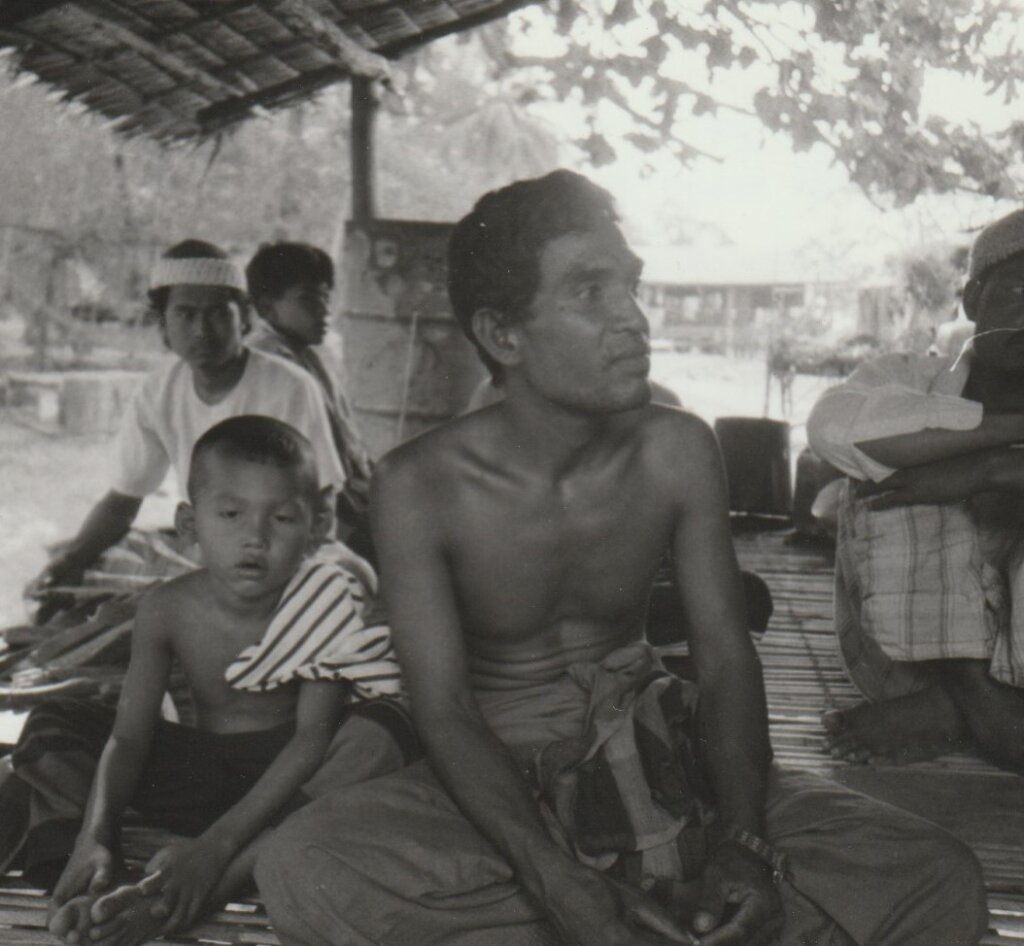"If there are no mangrove forests, then the sea will have no meaning. It is like having a tree with no roots, for the mangroves are the roots of the sea."
Our History
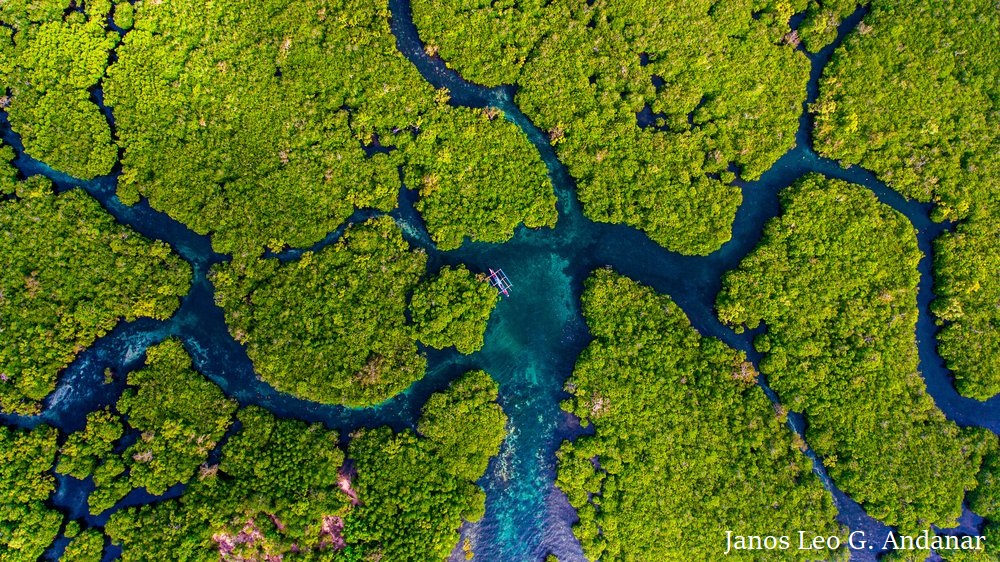
MAP's mission is to partner with communities and organizations worldwide to conserve, manage, and restore mangrove forests. Through science, training, and environmental education, we provide nature-based solutions for people and our planet.
MAP's 30+ Years of Impact
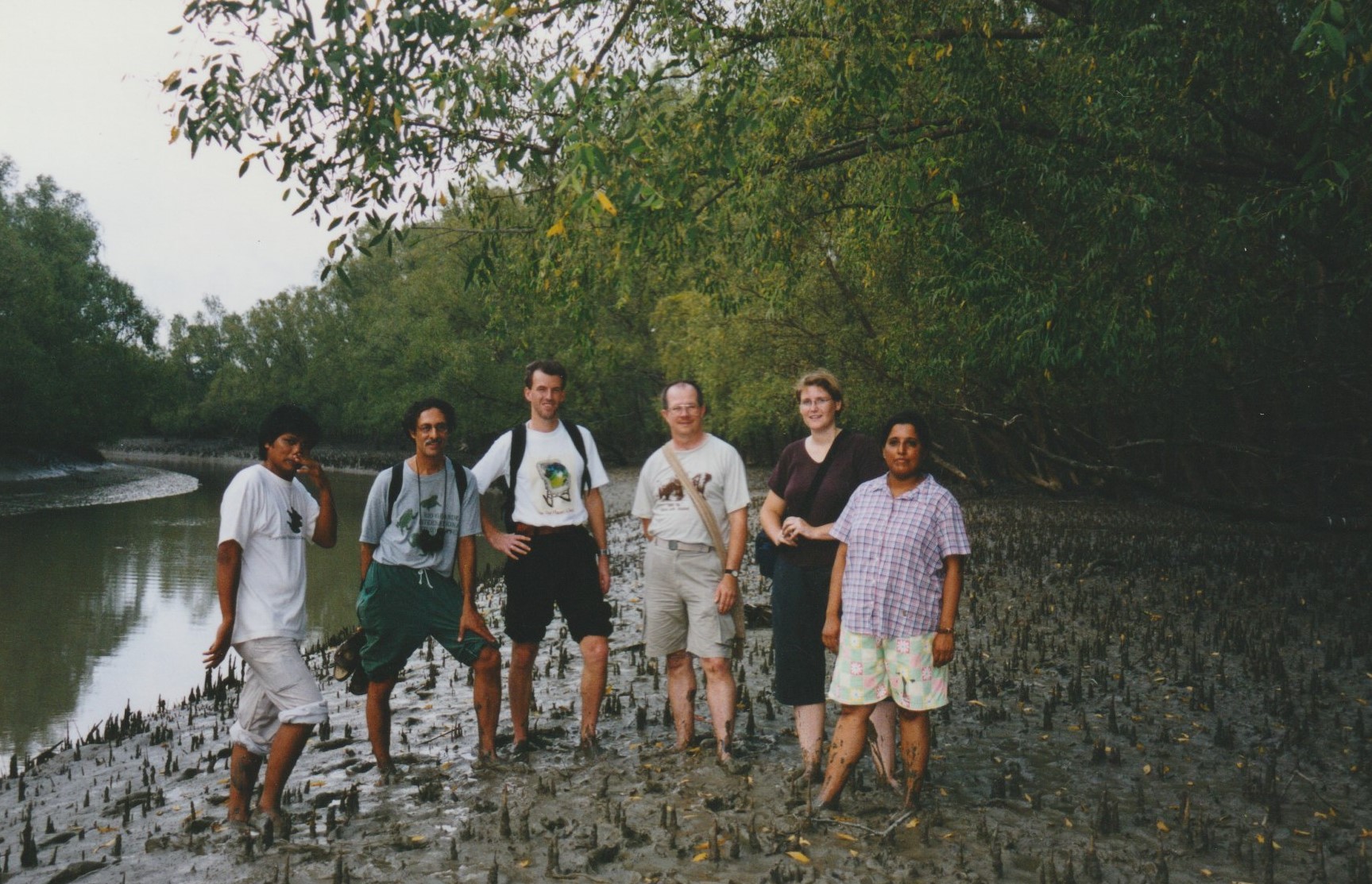
Mangrove Action Project was formed in 1992.
Its founders – Alfredo Quarto, Ian Baird and Pisit Charnsonah – had witnessed firsthand the rapid devastation of the world’s mangrove forests and decided to take action by combining science-backed recommendations with genuine local involvement.
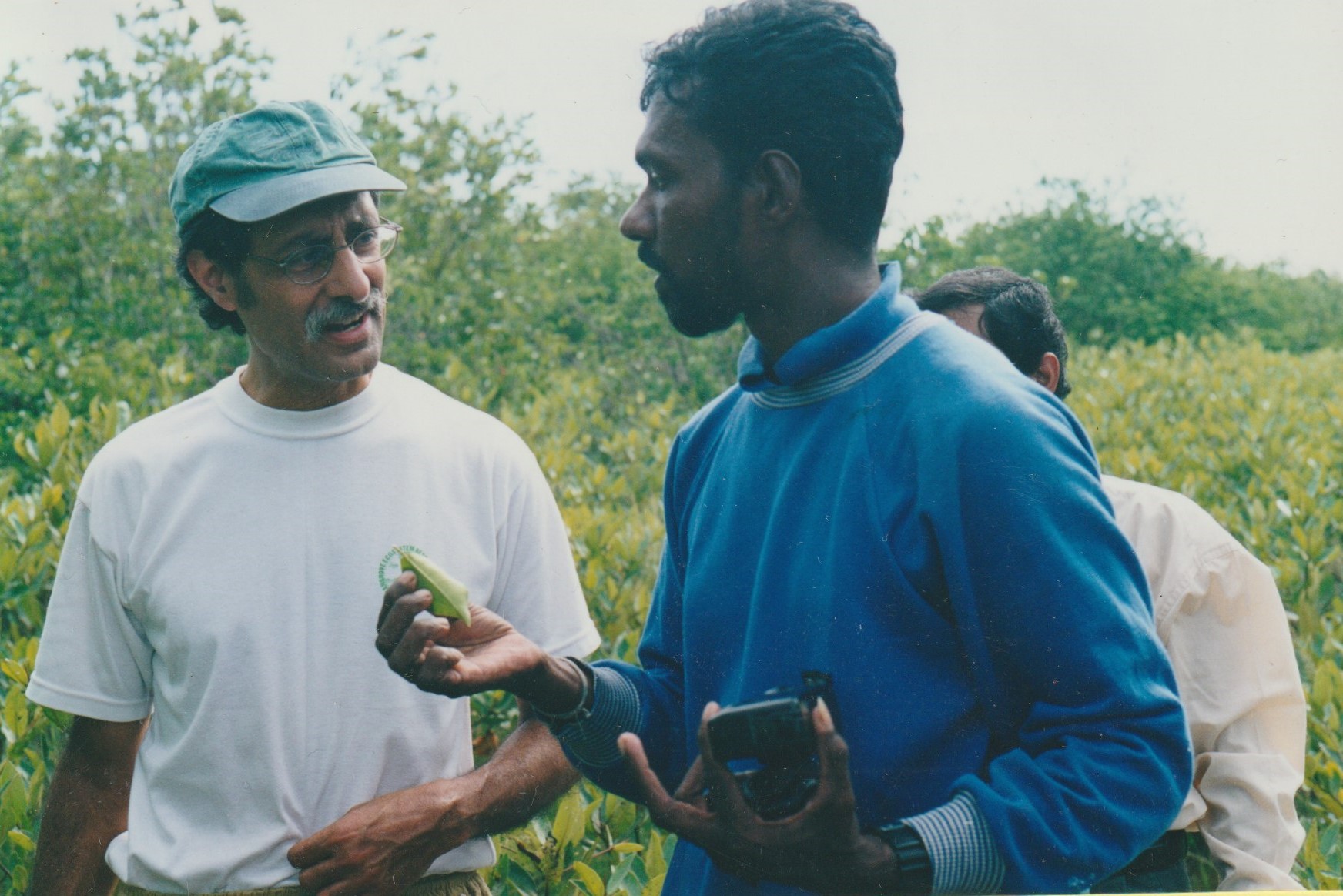
MAP became a pioneer in community-led conservation, focusing on not just the challenges affecting the wetlands but also those of the communities who relied on them.
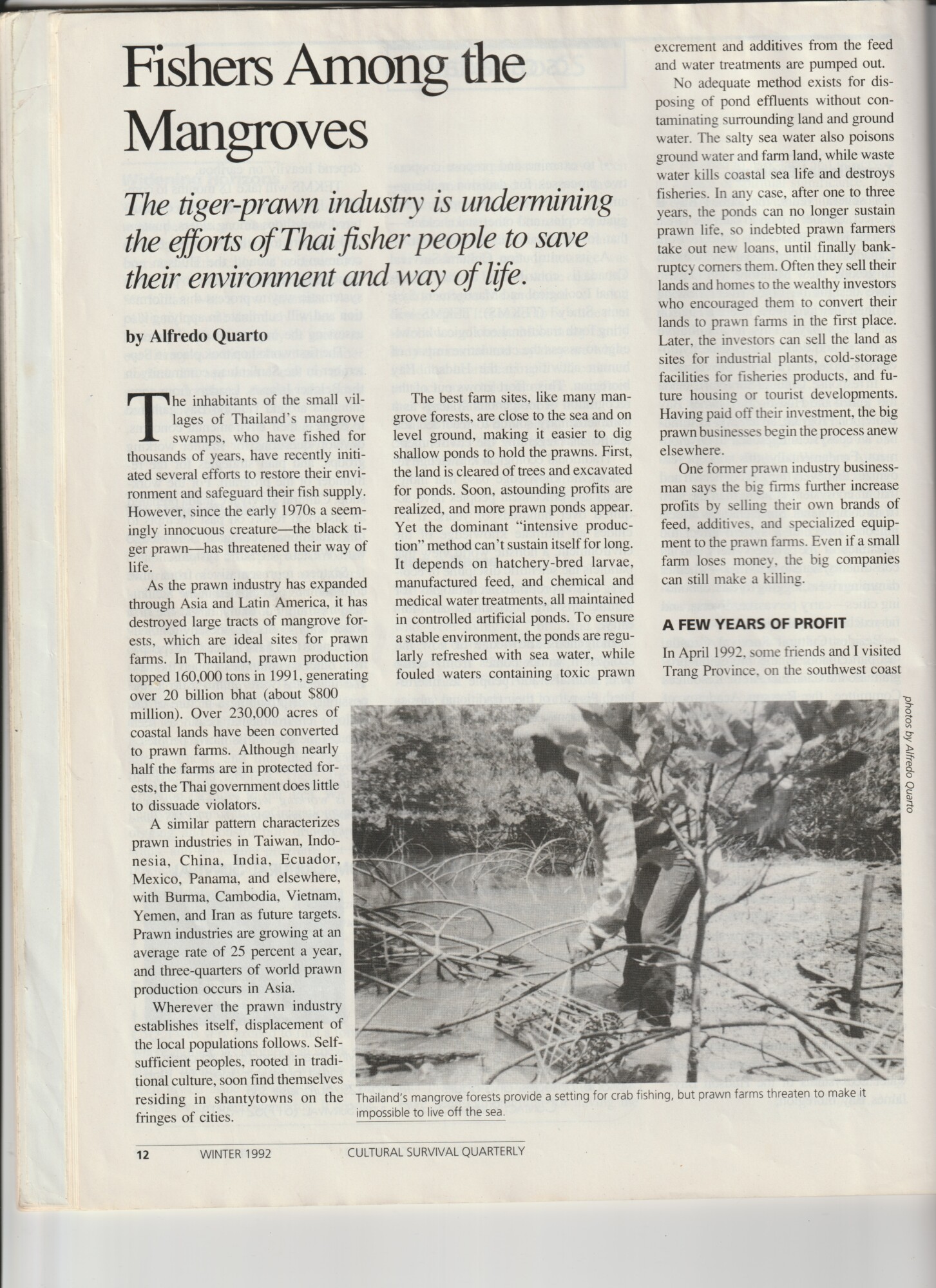
We are not afraid to speak the truth either.
We became whistleblowers against the shrimp aquaculture industry, spotlighting its destructive expansion responsible for hundreds of thousands of hectares of mangrove loss.
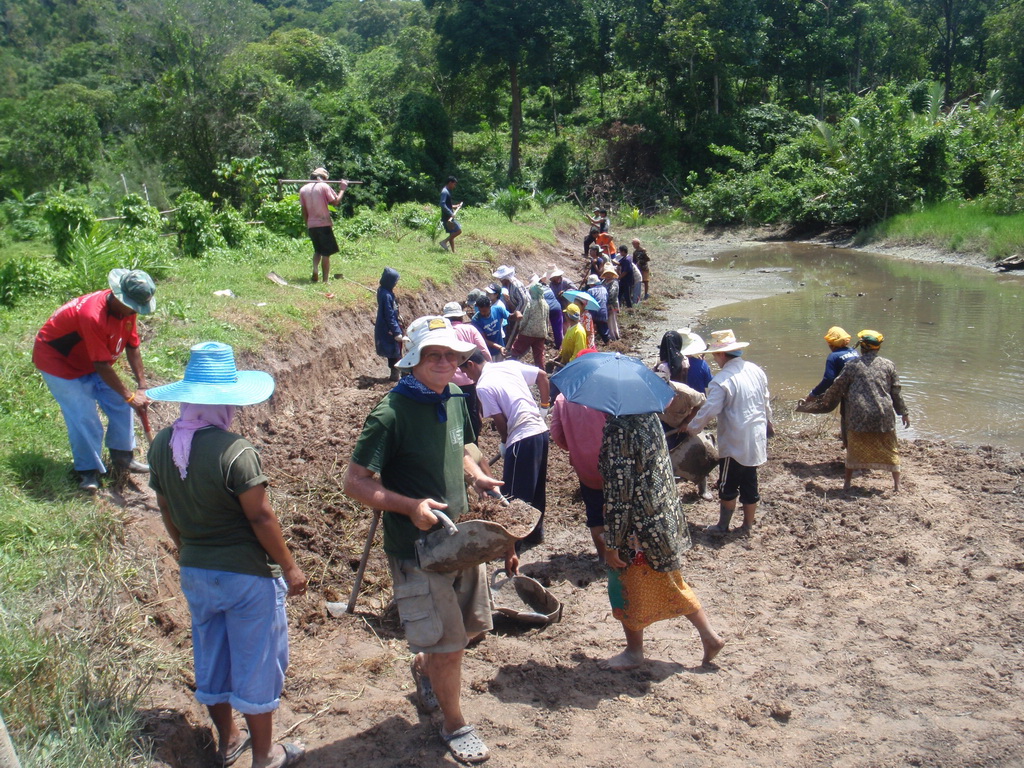
Since 2005, MAP has worked with coastal communities worldwide to implement Community-based Ecological Mangrove Restoration (CBEMR), facilitating the natural regeneration of their mangroves. To date, MAP has supported mangrove restoration efforts in over 20 countries.
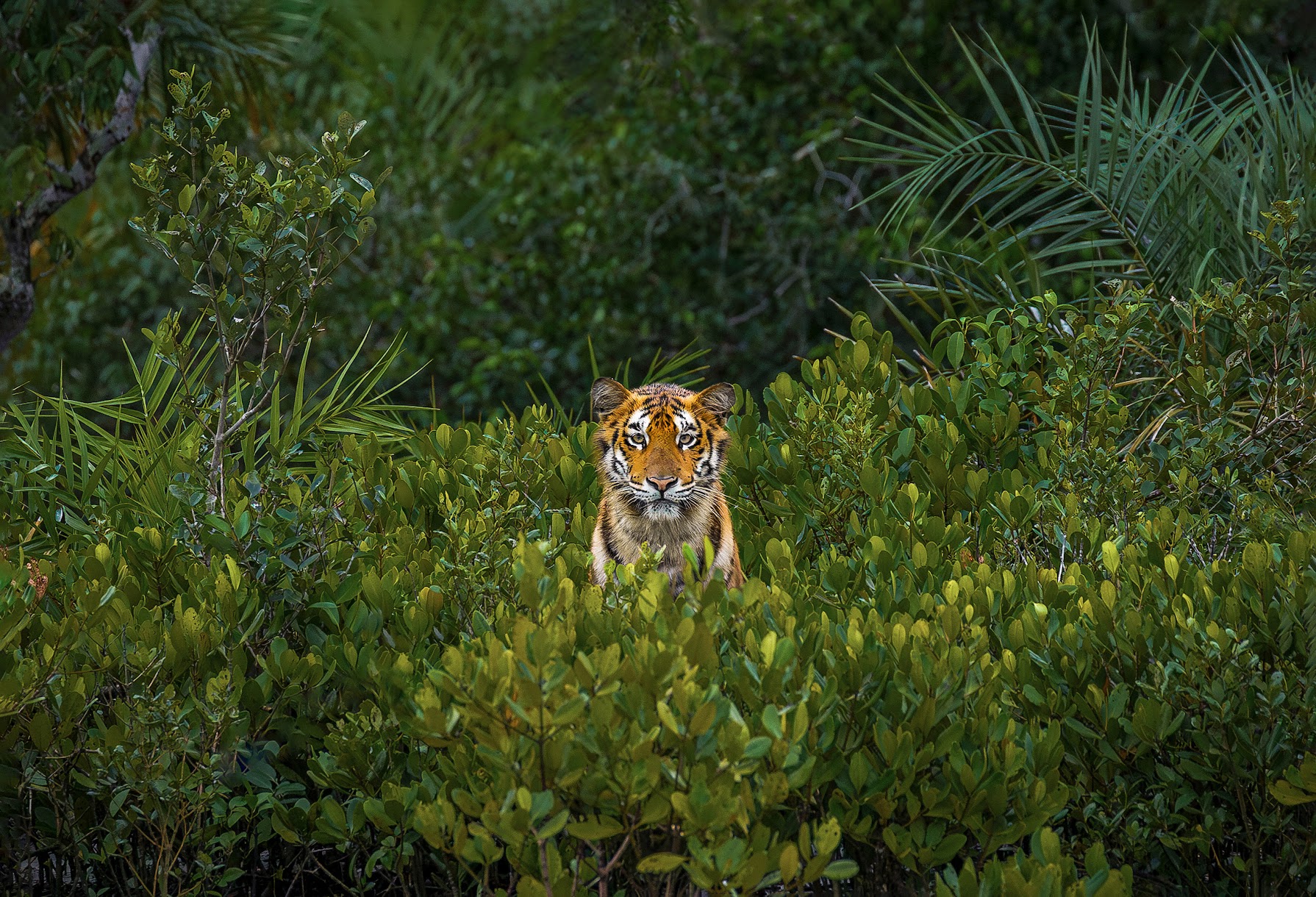
We launched the Mangrove Photography Awards in 2015, to celebrate the beauty and importance of mangroves through stunning visual narratives captured by photographers worldwide. This annual competition not only showcases the aesthetic appeal of mangroves but also raises awareness about their crucial role in coastal biodiversity and sustainable livelihoods.
Image: The Finest Flower, 2023’s all around winner by Soham Bhattachayya.
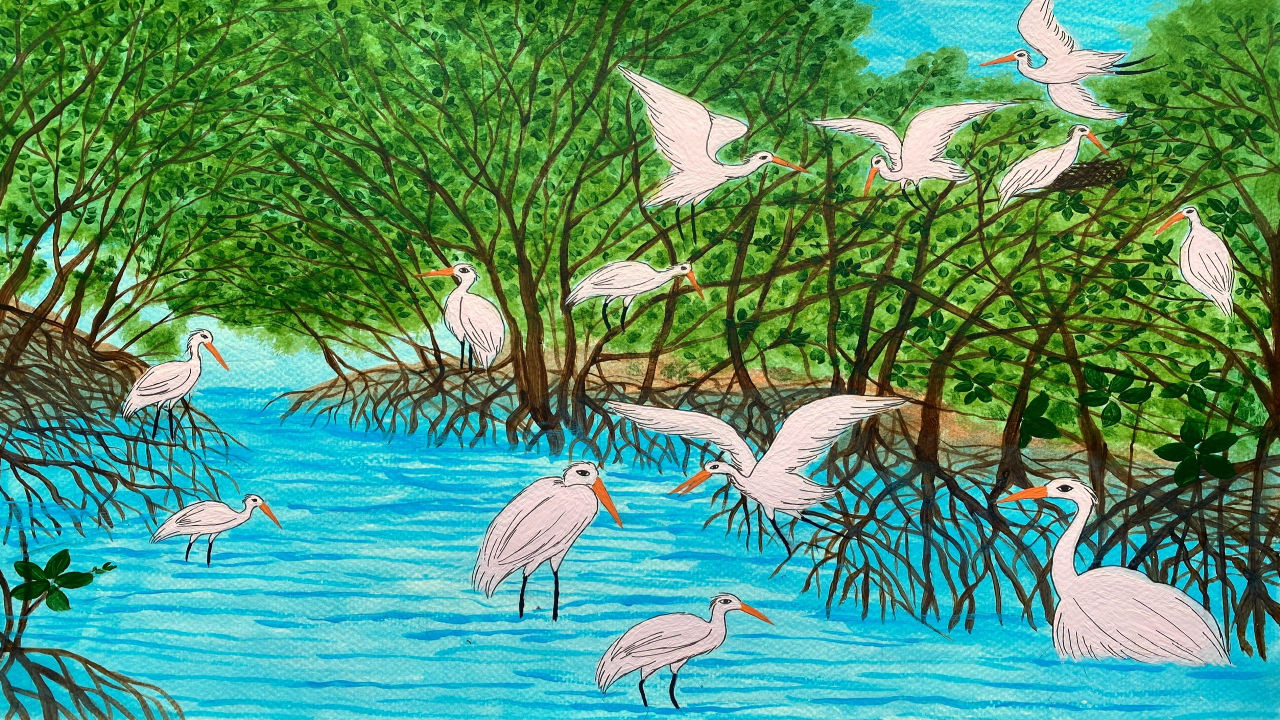
After nearly two decades of success, our Children’s Mangrove Art Contest welcomed submissions from young artists worldwide, broadening its reach beyond mangrove nations. With hundreds of entries received annually, this initiative provided students with an opportunity to discover and admire the biodiversity and splendor of mangroves.
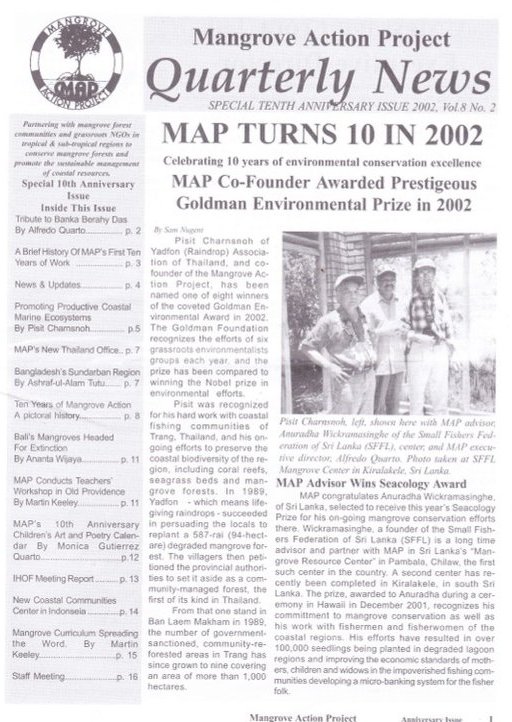
In 2002, MAP’s Mangrove News Digest, initially a hand-addressed snail-mailed paper product, began its digital transformation. Renamed as The Late Friday News, it transitioned to electronic format, delivering updates to MAP News subscribers worldwide bi-weekly. Fast forward to 2020, we celebrated the 500th issue of this electronic marvel, showcasing our commitment to community engagement and information dissemination. View our archive here!
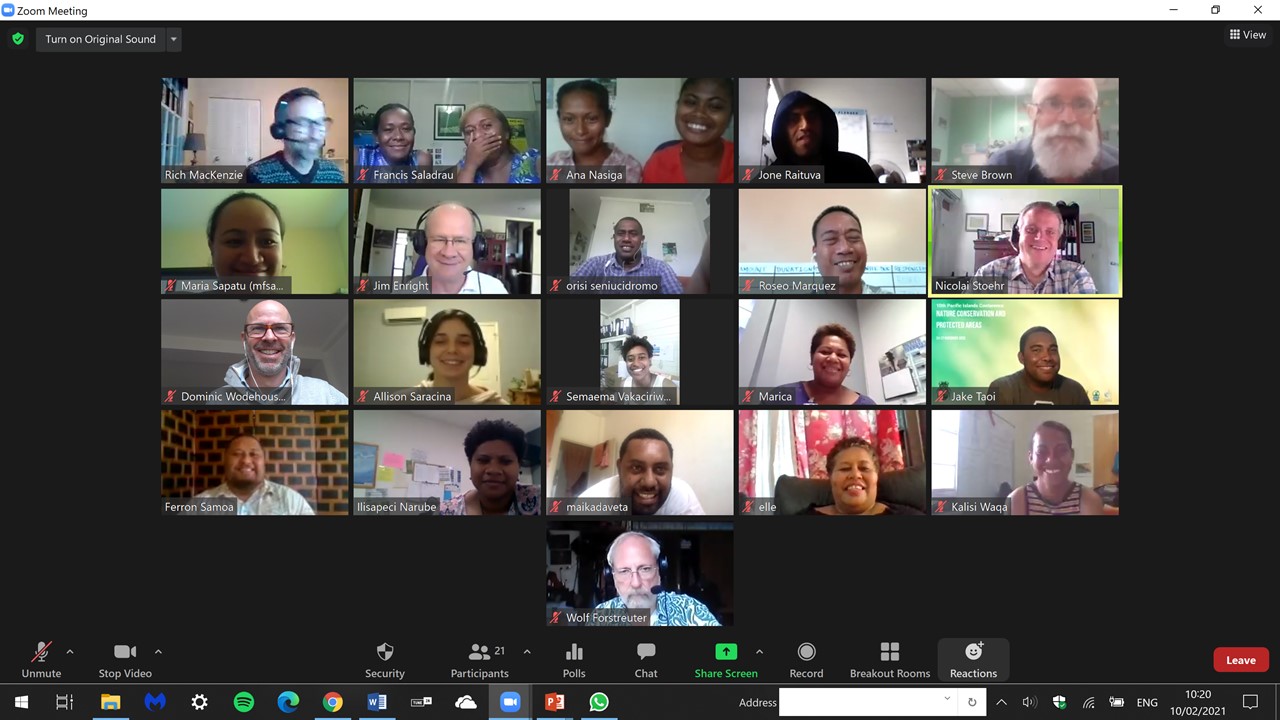
In response to the constraints of COVID-19 in 2021, we adapted our training approach, transitioning our program online. This move not only expanded access to training but also enriched MAP’s capabilities, demonstrating our agility and commitment to fostering global mangrove conservation efforts.
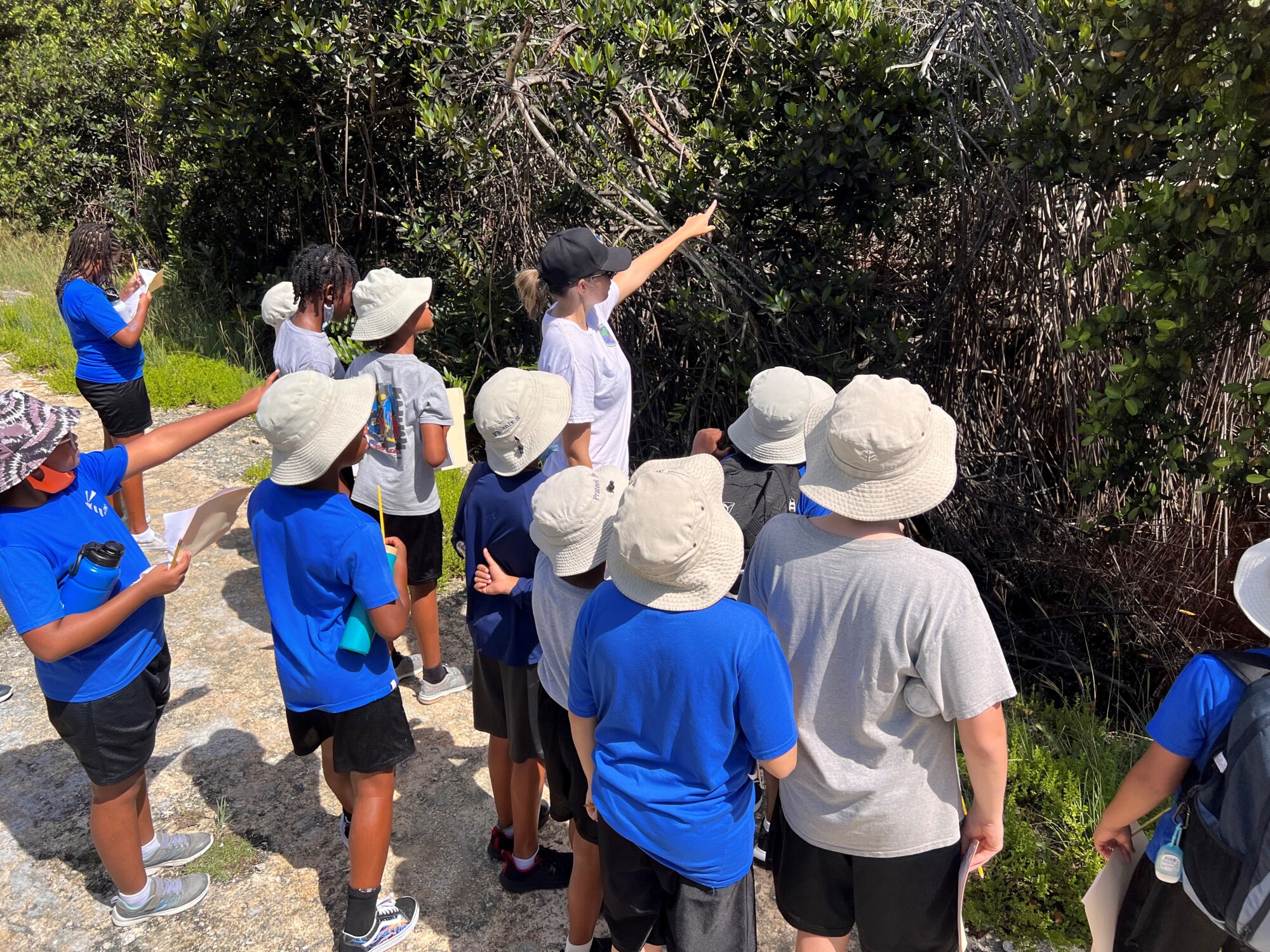
Expanding upon the success of our award-winning education curriculum, Marvelous Mangroves, which reached over 500,000 students globally, our guide has now been enriched to encompass seagrasses and coral, providing a more comprehensive understanding of coastal ecosystems. Through this hands-on program, we’ve heightened awareness about coastal ecosystems, ensuring their long-term preservation.
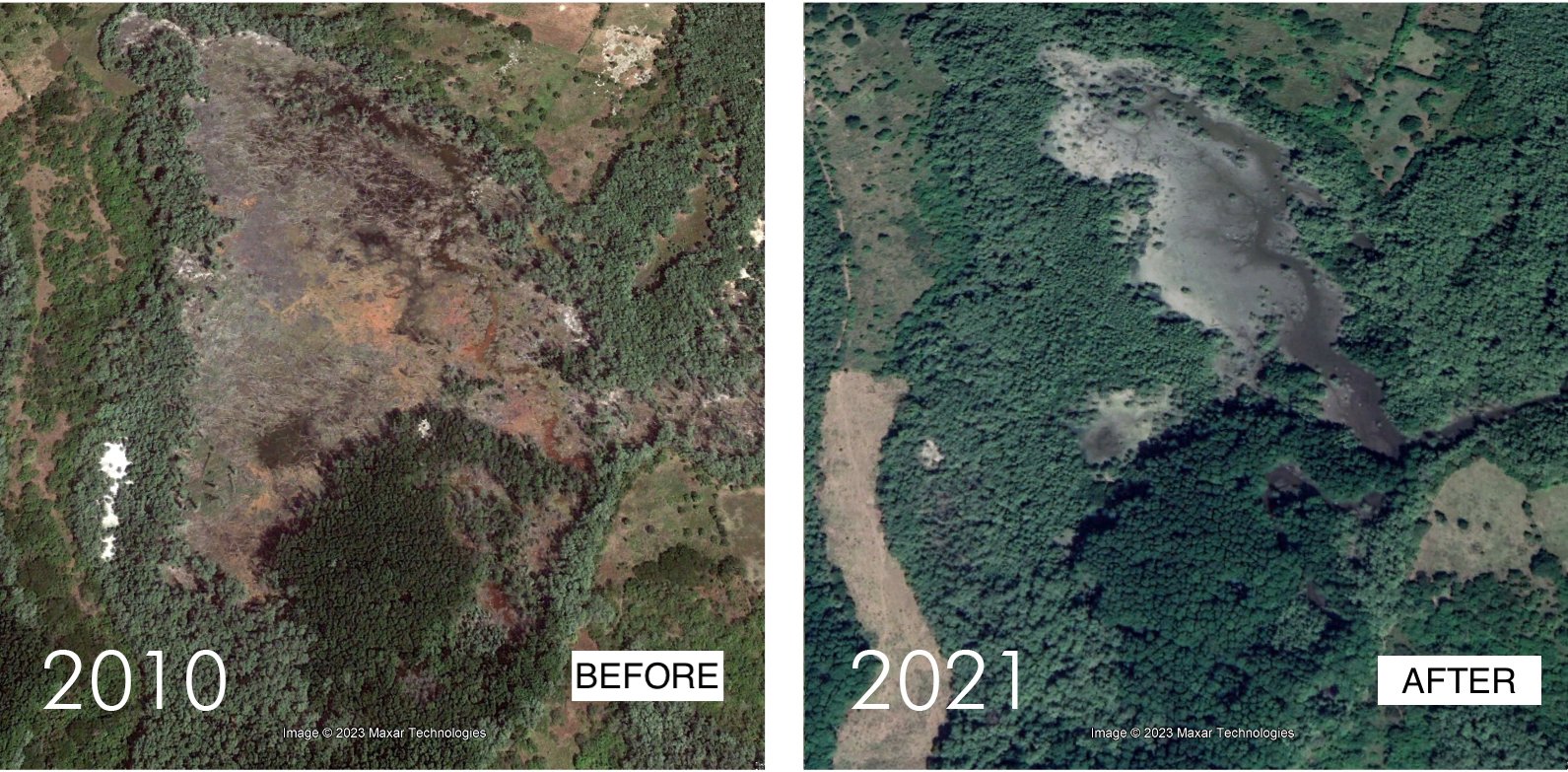
One of our highlights of 2023 took us to El Salvador. There, MAP Co-Founder Alfredo Quarto and Jim Enright, alongside Dr. Laura Michie, revisited a mangrove restoration training site from 12 years prior. Witnessing the lasting impact of our efforts on both the local community and the bay’s mangroves reaffirmed our enduring success.
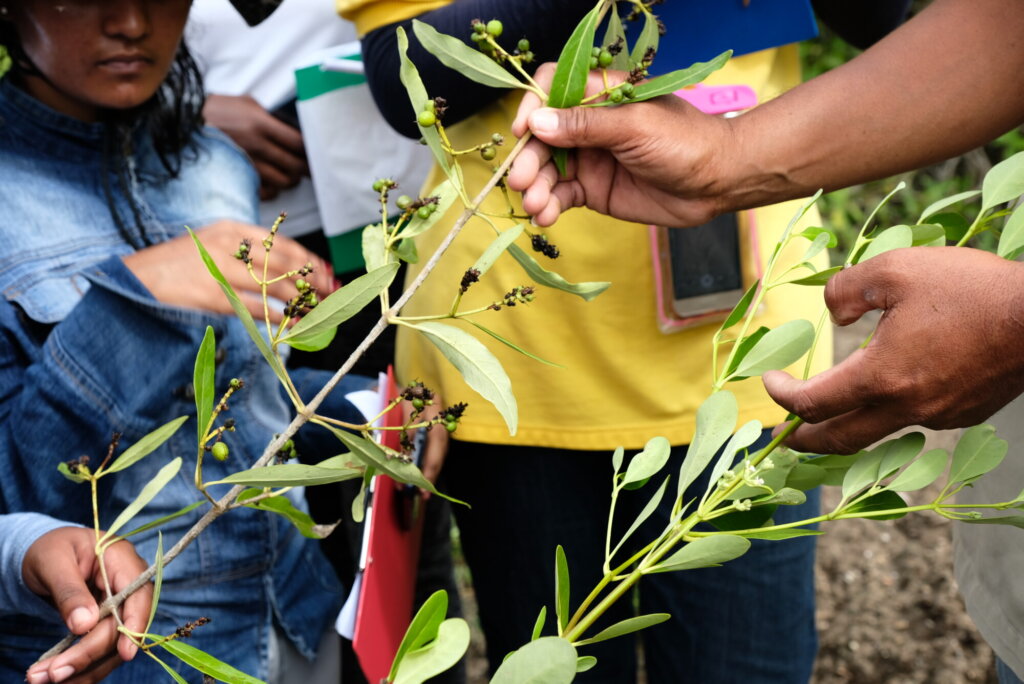
Annual Reports
MAP is an international nonprofit organization based in Seattle, Washington, with 501(c)3 charitable status.
Our EIN number is 20-0833537
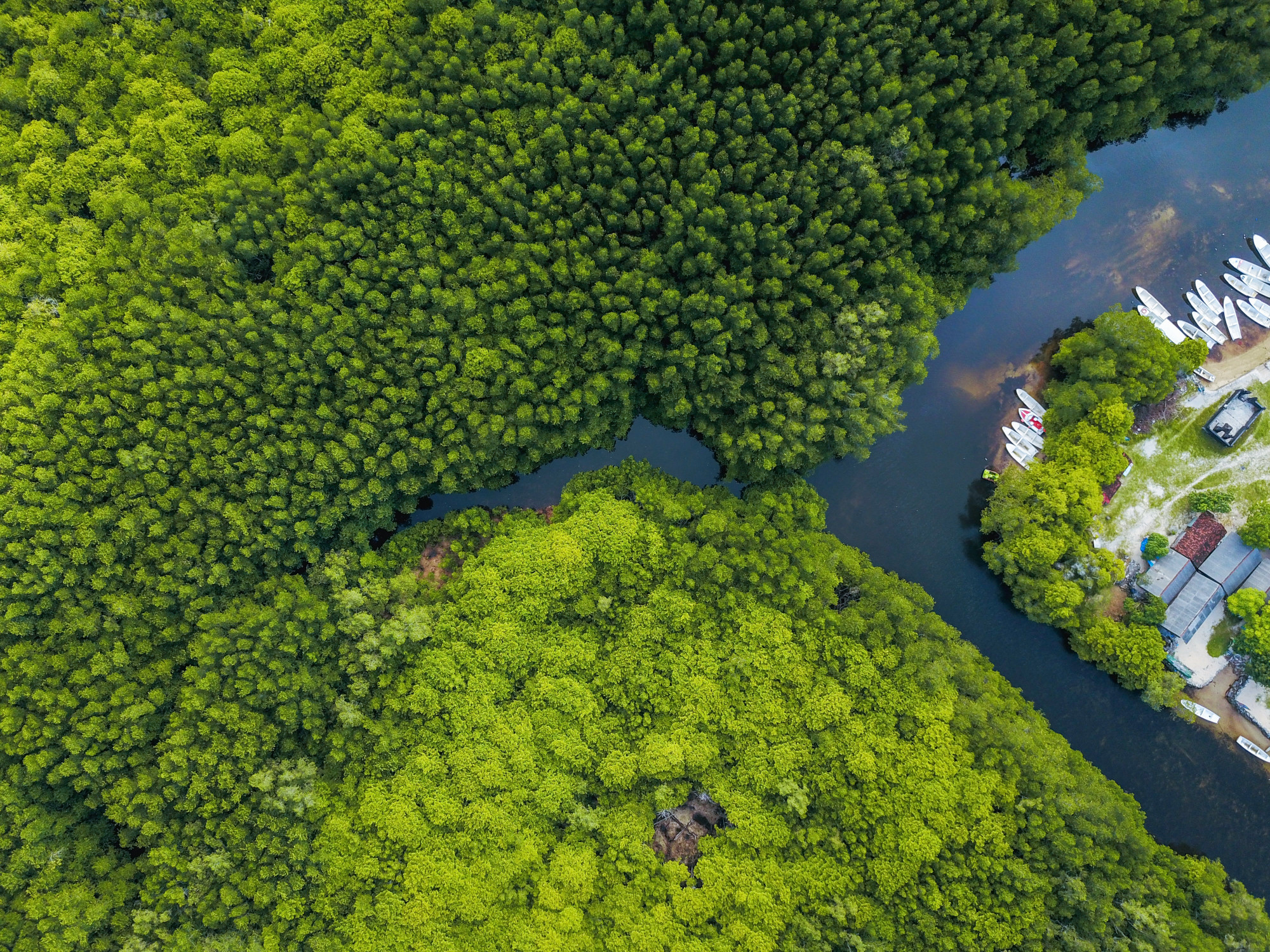
Explore our Work
MAP provides the restoration training and education programs needed to effectively protect these vital ecosystems – now and into the future.

